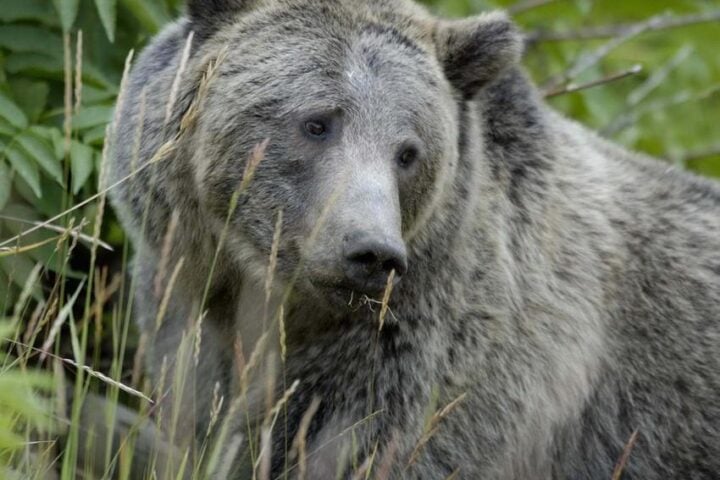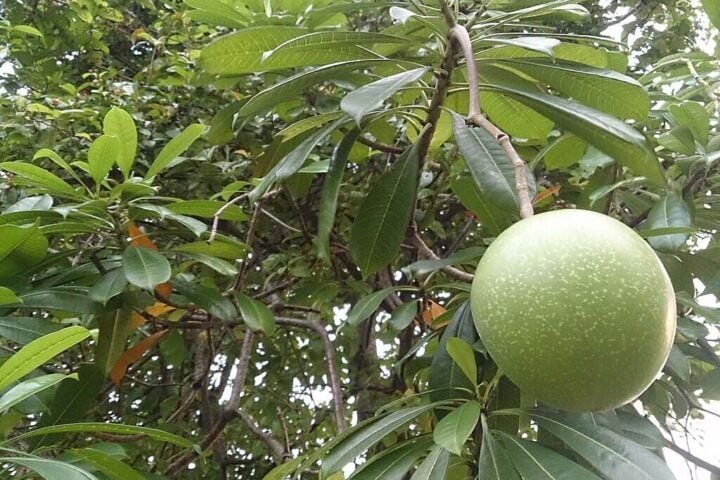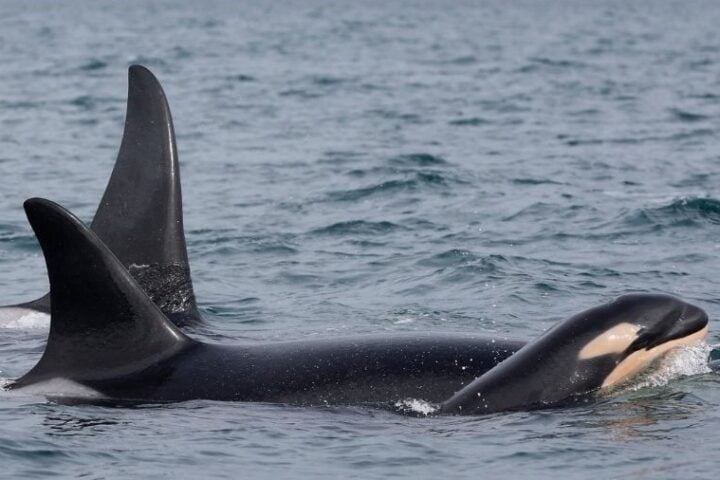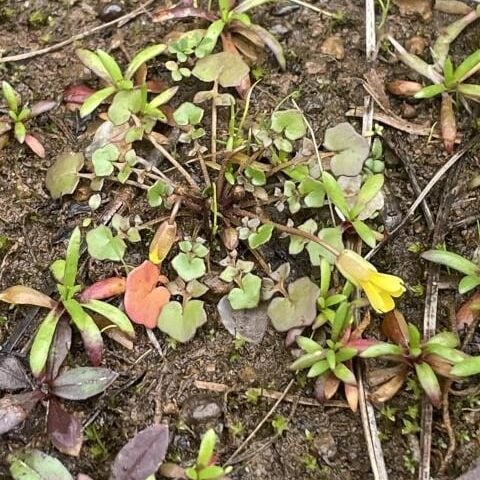Scientists have found something unexpected in the cold Arctic waters – a mud volcano that works more like a unique deep-sea ecosystem than a typical volcano. Located 400 meters under the Barents Sea, the Borealis Mud Volcano pushes out warm, methane-rich fluids instead of hot lava.
“Today we have discovered something exceptional,” says Professor Giuliana Panieri from The Arctic University of Norway (UiT), who led the 2023 discovery team. Using an underwater robot named Aurora, scientists found that this 7,000-year-old formation warms the normally frigid Arctic waters from 4°C to 11.5°C.
Think of the volcano as a continuous source of mud and gas. As methane bubbles up through the seabed, it leaves behind hard, rocky formations made of calcium carbonate – creating natural structures that shelter marine life. These formations have built up over thousands of years, providing homes for various marine species.
The robot cameras revealed a thriving ecosystem. Fish like cod and wolffish swim among clusters of sea anemones. Demosponges and octocoral colonies cling to the rocky formations. Even the endangered Atlantic redfish, which rarely finds safe spaces in the overfished Arctic waters, thrives here.
But there’s more happening than meets the eye. Microbial communities around the volcano absorb methane before it can escape into the atmosphere. This natural process helps control the release of this potent greenhouse gas.
Similar Posts
Scientists returned in May 2024 for a closer look. They found something remarkable in the volcano’s mud – microscopic fossils up to 2.5 million years old. These preserved marine organisms provide valuable information about the Arctic’s ancient past.
The discovery raises important questions about protecting this unique site. Professor Panieri notes the challenging balance ahead: “The Arctic seabed plays an important role in oil and gas extraction activities and the emerging deep-sea mining industry.” Already, researchers have spotted fishing nets tangled in the volcano’s rocky formations, showing how human activities can impact even the deepest ocean sanctuaries.
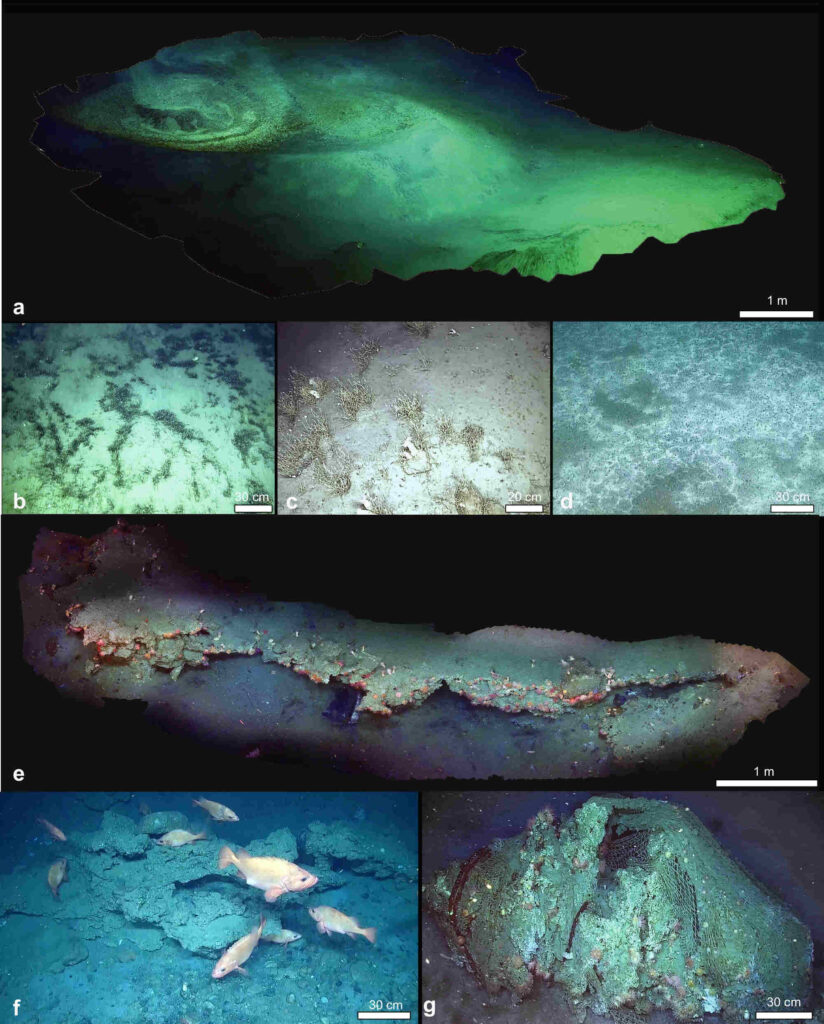
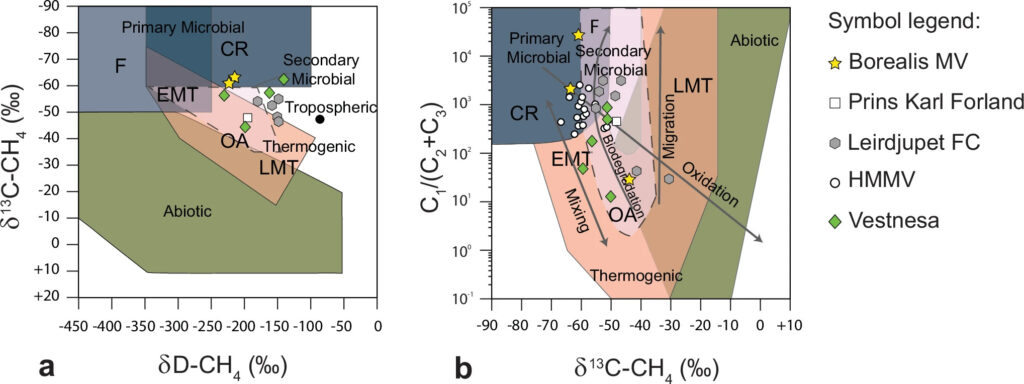
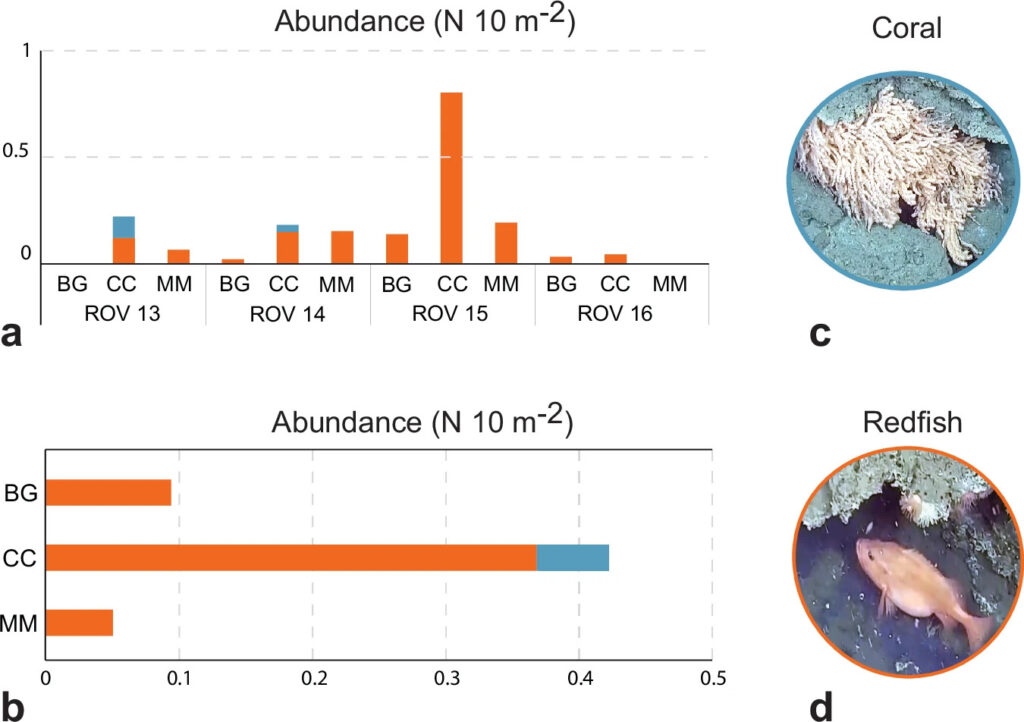
The volcano has created what scientists call a “de facto sanctuary” – a natural safe haven where marine life flourishes in the harsh Arctic environment. This remarkable formation shows how Earth’s geological processes can create pockets of life in the most unexpected places.

As industrial interest in the Arctic grows, understanding and protecting unique ecosystems like the Borealis Mud Volcano becomes increasingly important. This deep-sea discovery reminds us that the ocean still holds secrets that can help us better understand our planet’s complex systems.
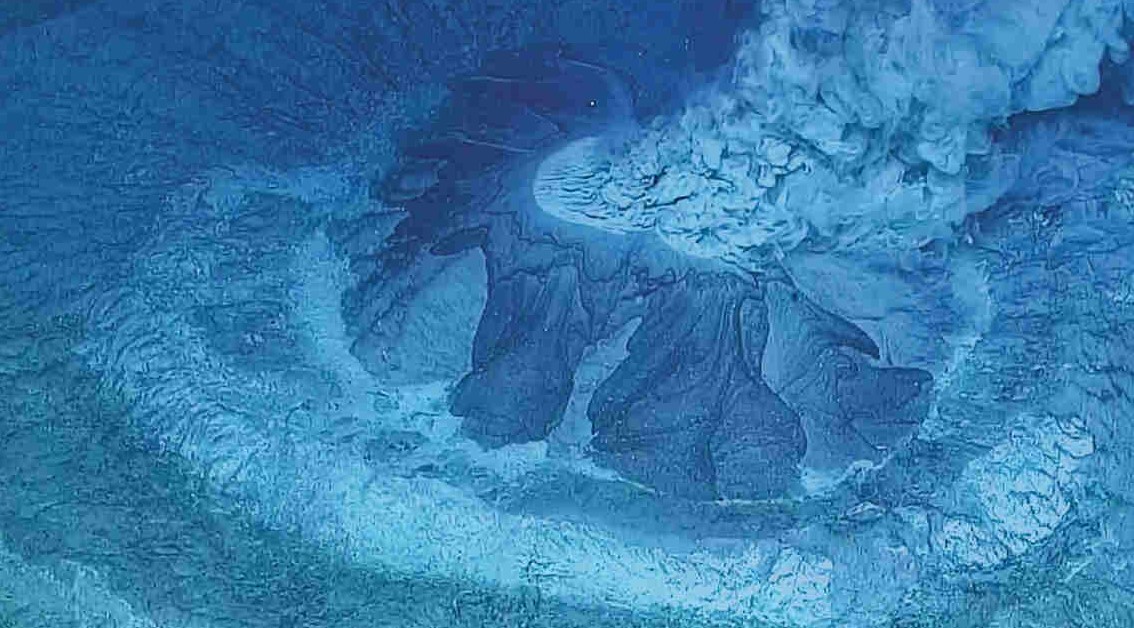
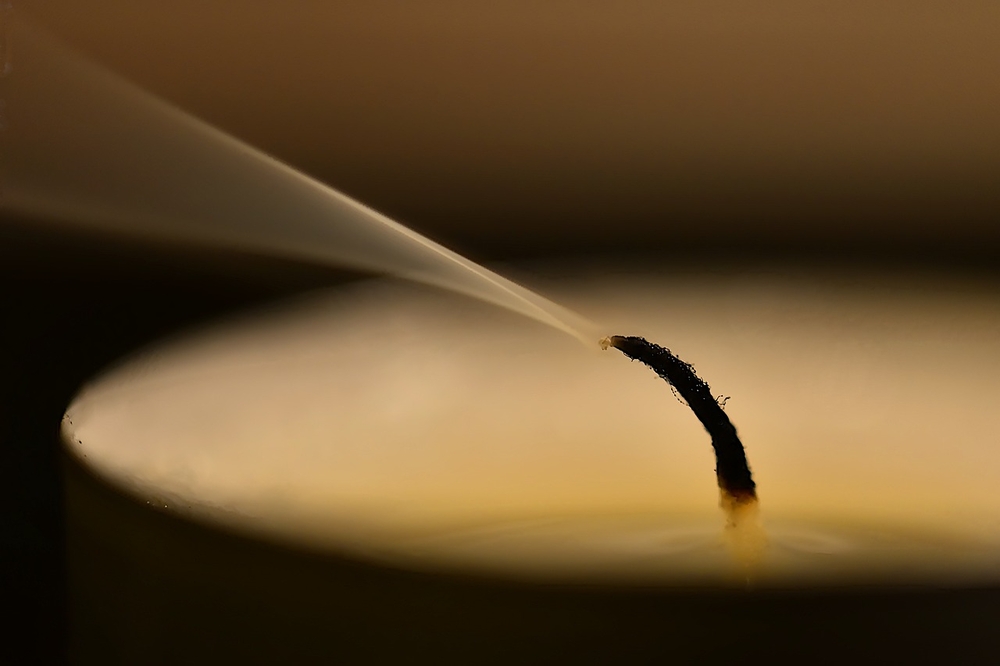
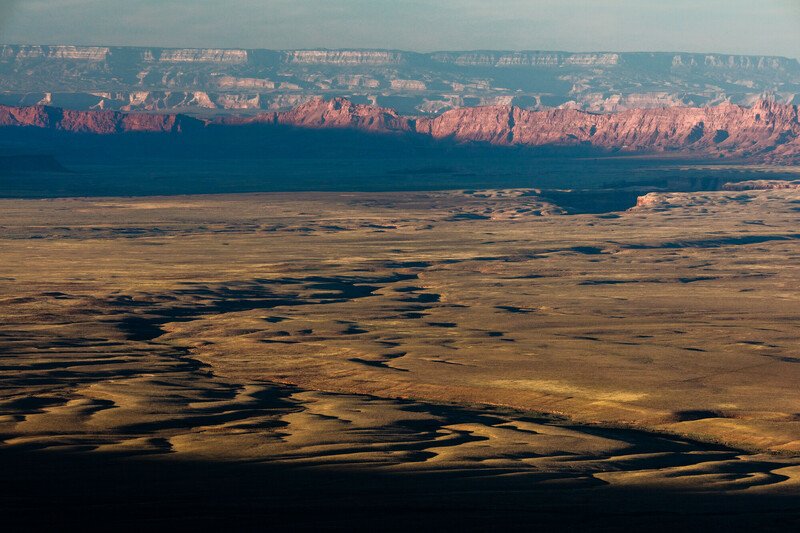
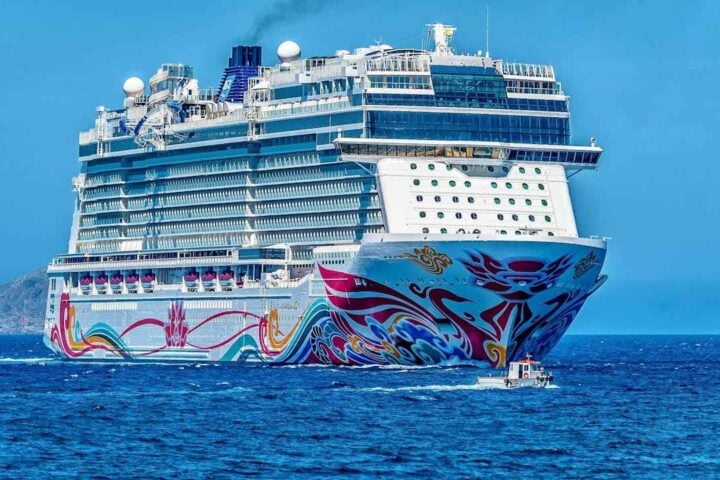
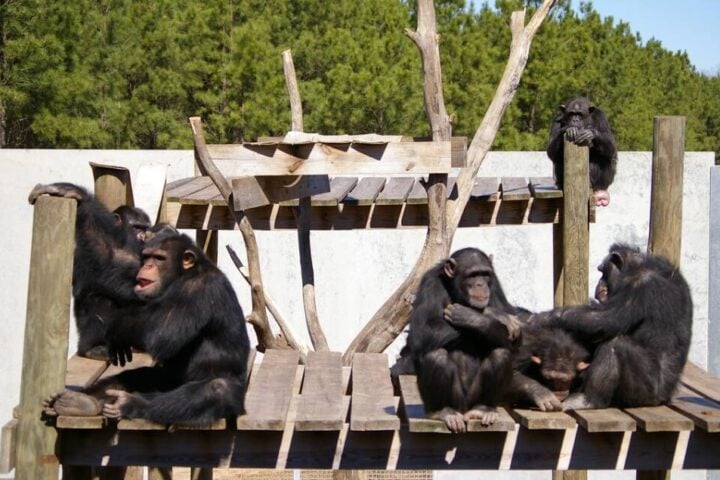
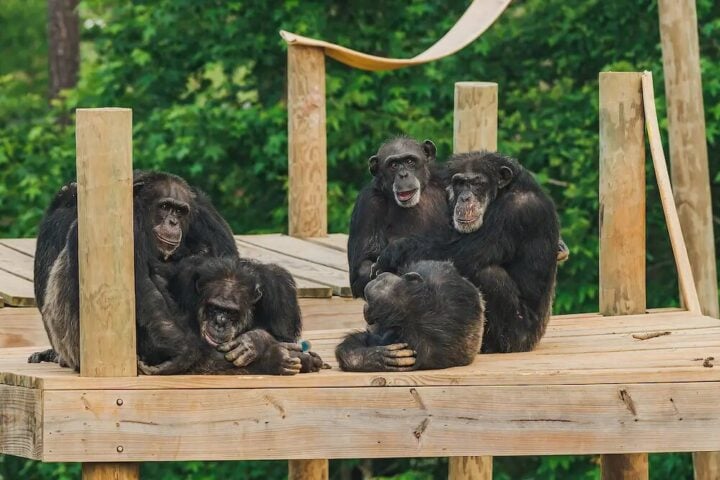

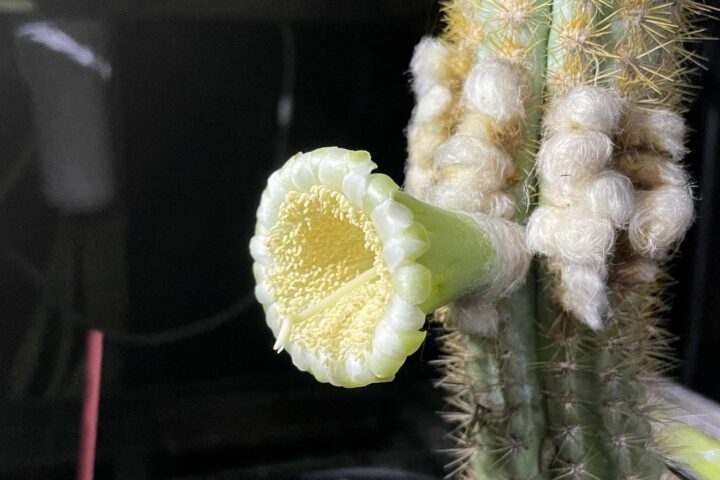
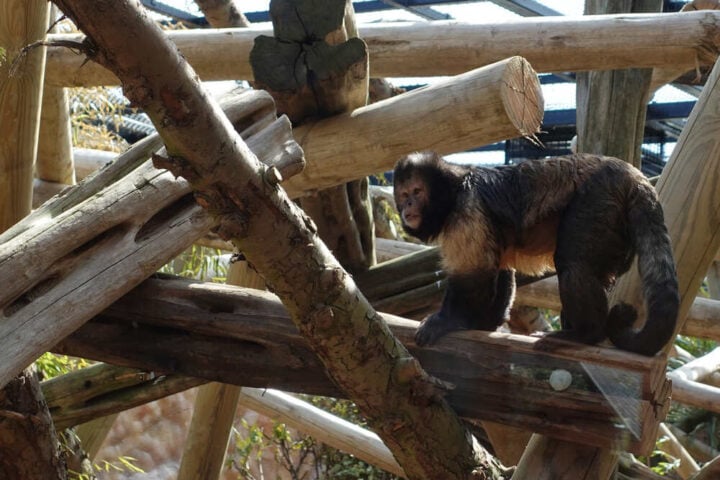
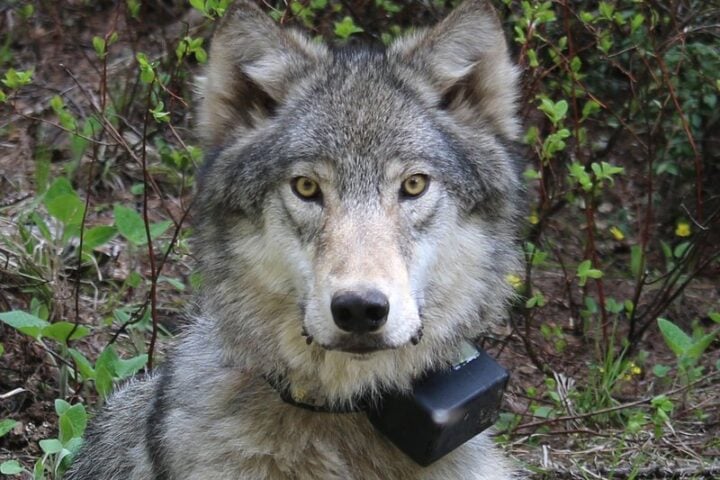
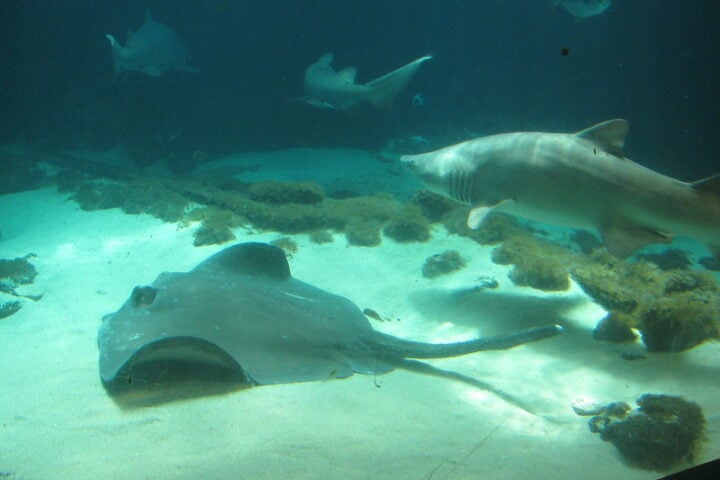
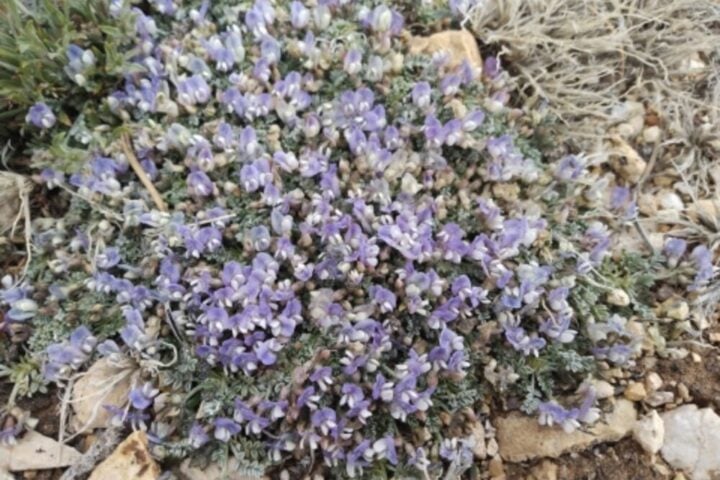
![Representative Image: European Starling [49/366]. Photo Source: Tim Sackton (CC BY-SA 2.0)](https://www.karmactive.com/wp-content/uploads/2025/04/Starlings-Drop-82-in-UK-Gardens-as-Birdwatch-2025-Reveals-Record-Low-Count-Since-1979-720x480.jpg)
